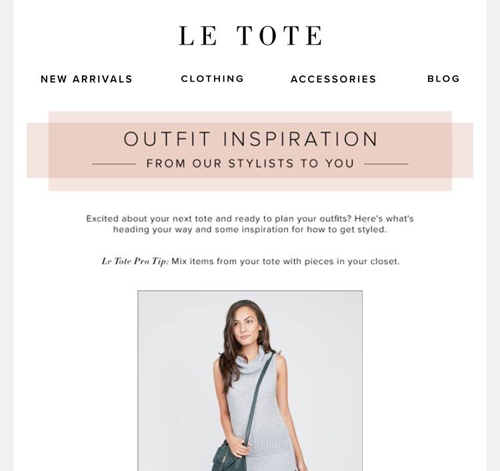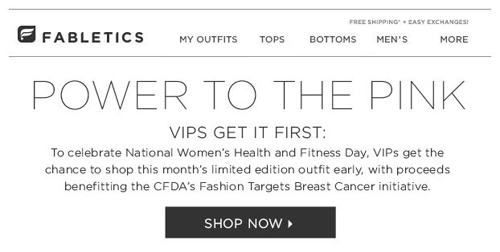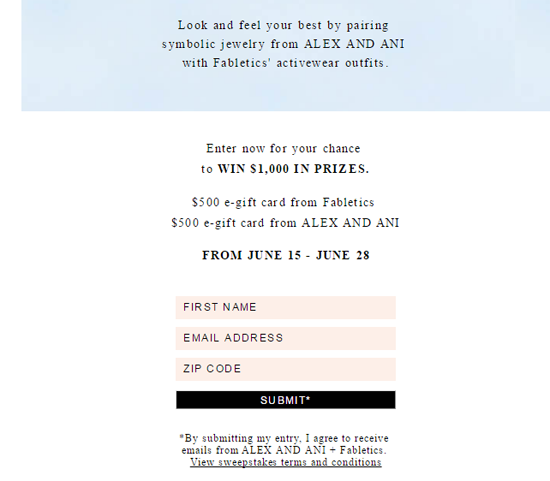10 Go-To Email Segmentation Options

Individual email recipients are unique - requiring a different message than the next in order to propel them to take action. This is why, of course, "batch-and-blast" emails have come under fire over the last few years. Instead of one-size-fits-all campaigns, companies are segmenting audiences for better results (e.g., opens, click throughs, conversions) and less unsubscribes.
While there are myriad ways to determine which audiences get which messages, understanding some of marketers' go-to segmentation options is a good place to start. Let's take a look!
Engagement Levels
A key indicator of how a person will respond to a company's email is how they have responded in the past. With the right content, however, brands can tailor messaging to both active and inactive groups. A "thank you" email or a "what's new" campaign would likely work well for a person who typically interacts with a company's messages, while a "we miss you offer" or a feedback request might work for an inactive group. If the latter fails to respond to last-ditch efforts to win them over, it's time to remove them from the list or they could negatively impact the sender's reputation and deliverability.
Recent Purchasers
A person who recently bought a product from a company or subscribed to a service, is likely interested in learning more about their purchase. By segmenting recent purchasers, businesses can send related content like "how-to" guides, encourage them to follow them on social media or attend an event related to the purchase. Recent buyers are ready to engage with a brand, so it's wise senders capitalize on their eagerness. There is a strong case to be made for automating these messages. Le Tote sends outfit recommendations after a subscriber has "finalized" their subscription box of clothing.

Location
Where a person is located says so much about what they may currently be experiencing (weather), what they could be looking for (based on events, seasons, local ads) and how they will respond to a promotion (e.g., person in Chicago likely not to buy flip flops in January although a creative marketer trying to push old inventory could package a promotion around winter getaways).
Average Basket Size
Customers who are buying one or two small items at a time may not know all the complementary products a retailer offers or may not have fully browsed the site. By sending this audience product recommendations based on their past purchases, what is trending or what is new, may get them buying more. Likewise, recipients with high average basket sizes may wanted to be given the white-glove treatment with exclusive looks at upcoming product lines or early access to sales.

Device
The device that a person is using to access emails can help marketers create campaigns more tailored to them. For instance, a person opening an email on iOS won't need to be told about an Android app, and vice versa. Similarly, by segmenting device type, retailers (in particular), can promote offerings that are native to those devices, like Apple Pay or Google Wallet. Since the former is hitting the Web this holiday season, ecommerce sites that support this payment method should promote it to this audience segment as digital wallets are expected to have a material impact on conversions during the peak shopping months.
Interests
Whether it's a retailer or a software vendor, each company has multiple ways they can split their audiences by interests but it requires asking the right questions at the right time. Brands - of all types - should consider making website registration or newsletter sign-up as easy and quick as possible and then test how to gather more information - like an email asking an active recipient to complete their profile information. By doing so (or asking for this information up front), companies can use these interests (e.g., kids clothes vs. men's clothes for a retailer or content aimed for marketers vs. developers for a software vendor) to improve the relevancy of each email they send segments.
Referral Source
Knowing how a person was introduced to a company is telling information, and is data that should be used to send them relevant info. For instance, a person who signed up for an email list from an event, will likely want information regarding topics as they relate to the event (e.g., a search engine optimization conference) or a person who signed up for a list in-store, may want in-store promotions or need a nudge to start buying online. Campaigns that are sent to segments based on their referral source is also very important for companies doing co-registration. The very first email should indicate how the company got their email list (although the recipient likely had to click on an "OK" of some sorts, they may have done so just to receive immediate gratification, like an entrance into a contest).

Demographics
Age, location, gender, marital status, number of kids, education, income and more are all demographic information that brands can use to send campaigns to groups of people who may interact more favorably with the email because it relates to them. Demographics, however, can be tricky as (1) companies don't want to offend anyone and (2) people aren't always shopping for their particular segment, particularly during the holidays when a man receiving only menswear items, for instance, may not click through if they are opening emails to find the perfect gift for someone of the opposite gender. Retailers can get creative with demographic use by, for example, sending a mom a list of "top toys" for the holidays or higher income-recipients with more luxury items.
Job Title
A person's buying power within an organization can determine how a sales rep pursues a contact - and the same is true of email content. The emails a CEO clicks through is likely very different than what an entry-level marketer would open. Business-to-consumer brands typically don't have job title information, but if they did, they could use it very similar to income information as job title is typically reflective of income level.
Sales Funnel Status
Today's path to purchase - B2B and B2C - is an interrupted one thanks to the many research channels available and the devices on which to access them. By segmenting audiences by where they are in the sales "funnel" (although that is a lot more linear than in the past), companies can improve their chances of sending content that will resonate with the buyer. For example, a person who just purchased a high-ticket item (e.g., car, appliance, etc.) will likely open an email that tells them how to use or maintain the item. Likewise, this buyer may be interested in adding on a warranty or a complementary item. Shoppers at the top of the funnel - like in the researching phase - may have added something to their carts that they need to be reminded of or there may be a whitepaper that perfectly details all the info that is relevant to the landing pages they were visiting.
Segmentation for the Win
Savvy brands with the right email service providers and/or marketing automation systems in place, will be able to get very individualized with the emails they send. Getting the basics of email segmentation right, however, can still get more people clicking - and buying.










